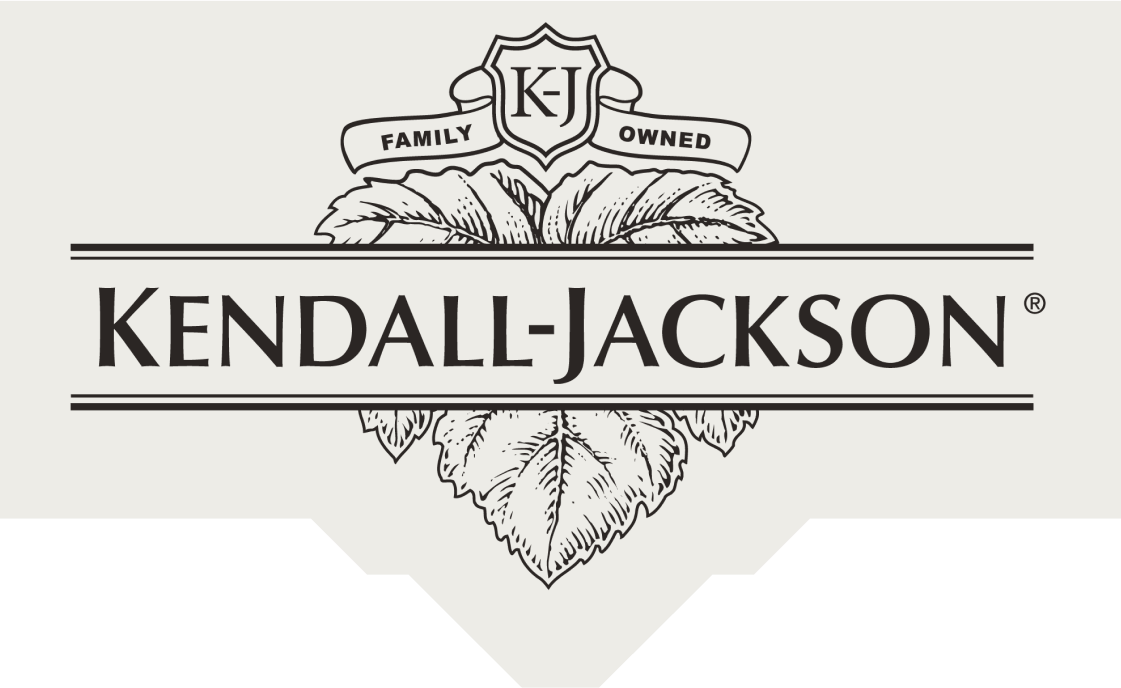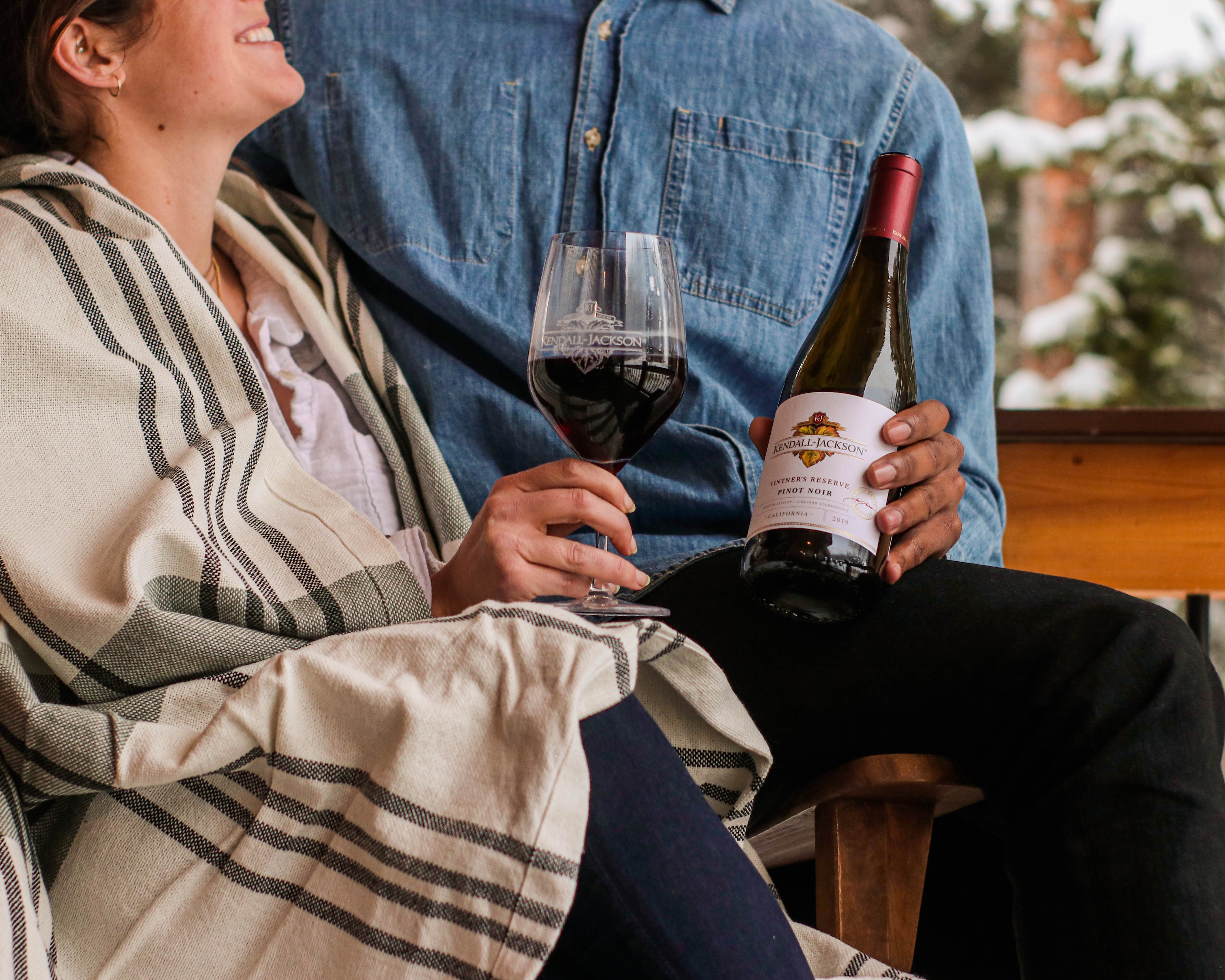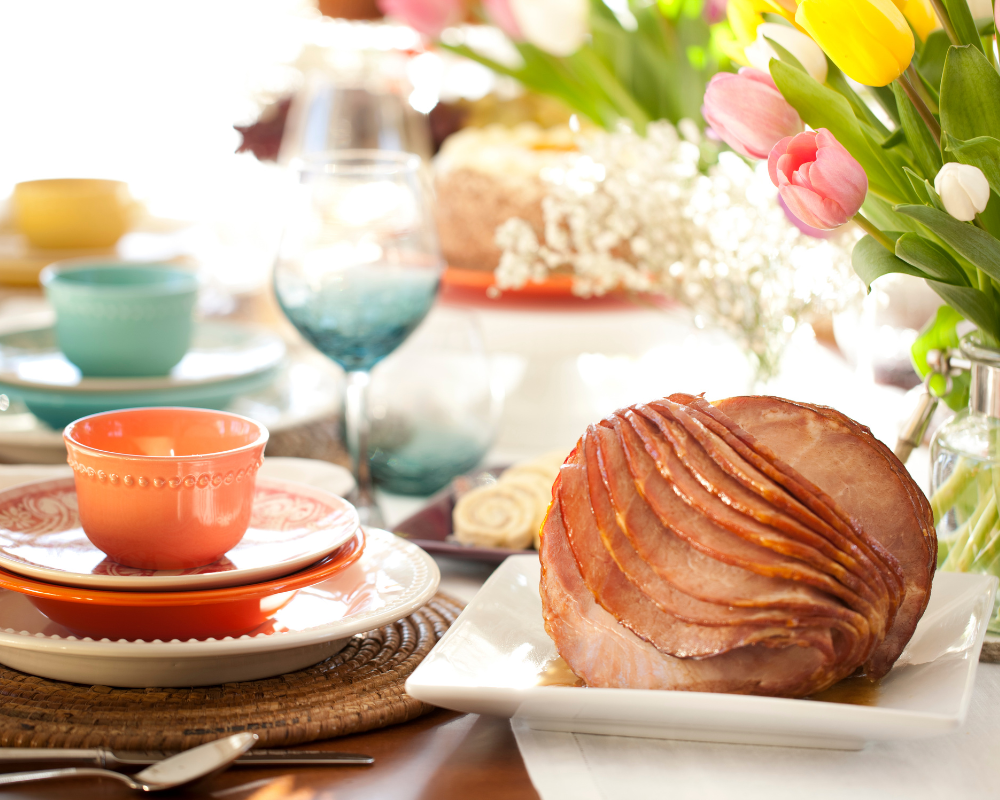Why the American Viticultural Areas (AVA) system came into being
Most of us are familiar with the system of American Viticultural Areas, or AVAs, by which wine-producing regions in the various states can petition the government for formal recognition. Here in California, more than 100 AVAs have been approved since the system was put into place, in 1981. (Napa Valley was first. Santa Maria Valley was second.)
Why did this system come to be? Prior to 1981— which is to say, for two hundred years — wineries in America were not told by the government what they could or could not put on their labels. The result, unfortunately, was that wine labels became almost useless, from the point of view of conveying accurate information. People might buy bottles labeled “Sauternes” [with or without an “s”], “Port”, “Sherry” or “Chablis”, and they might think they were getting the real European equivalents of those wines; but of course, they weren’t. All they were getting were wines made from some kind of unidentified grape varieties that were labeled with famous European names that had been stolen by California producers.
This was obviously a very unsatisfactory situation, but the majority of consumers didn’t care, and so there was little motivation on government’s part to do anything about it. The reality of Prohibition, which was in force between 1920-1933, didn’t help to reform anything. But once Prohibition was repealed, a new class of wine professionals arose in this country: educated and politically savvy, these merchants, importers and writers — aware that in Europe the labeling of wine was strictly monitored by government for truth — decided that the U.S. needed a similar approach.
Among the leaders of these professionals was Frank Schoonmaker. A South Dakotan, he moved to New York and became a writer. As the end of Prohibition neared, Schoonmaker studied wine, and devoted the rest of his life to writing about it. He developed a passionate belief that labeling should be simple and honest. In a 1934 book, he outlined his approach: “…the ideal label of an American wine will carry an American name. A fine wine will carry a distinctive name identifying it with its place of origin. Its label, instead of insulting the buyer’s intelligence with a blatant proclamation of ‘Chambertin’ or ‘Margaux”, will simply and clearly state the wine’s name, the wine’s year, the grower’s or proprietor’s name, and the grape variety from which the wine is made.”
This was a radical approach, but the wine industry wasn’t ready for it in 1934. It took more than forty years for momentum to build sufficiently for the U.S. government to establish the AVA system, housing it in the Treasury Department. The stimulus came from a burgeoning population of Baby Boomers who discovered a love of wine in the 1960s and 1970s, and wanted to drink wines of honesty and purity.
Our AVA system isn’t perfect. All it takes to have a new AVA declared is enough money to hire professional “petitioners.” There is no way to prove quality, and no suggestion that particular grape varieties are best suited to the region, as is the case in Europe. But the system we have is better than none at all; and it does guarantee that consumers know what they’re getting when they buy a bottle of wine.
Steve Heimoff is one of America’s most respected and well-known wine writers. The former West Coast Editor for Wine Enthusiast Magazine and a contributor to Wine Spectator, he has also authored two books on the subject of California wine, including “New Classic Winemakers of California: Conversations with Steve Heimoff,” published in the fall of 2007.



